Articles
- Page Path
- HOME > Osong Public Health Res Perspect > Volume 11(5); 2020 > Article
-
Brief Report
A Public-Private Partnership Model to Build a Triage System in Response to a COVID-19 Outbreak in Hanam City, South Korea - Seong Su Kua, Young June Choeb
-
Osong Public Health and Research Perspectives 2020;11(5):339-342.
DOI: https://doi.org/10.24171/j.phrp.2020.11.5.11
Published online: October 22, 2020
aHanam Public Health Center, Hanam, Korea
bDepartment of Social and Preventive Medicine, Hallym University College of Medicine, Chuncheon, Korea
- *Corresponding author: Young June Choe, Department of Social and Preventive Medicine, Hallym University College of Medicine. 1, Hallymdaehak-gil, Chuncheon, Korea, E-mail: ychoe@hallym.ac.kr
• Received: May 7, 2020 • Revised: July 16, 2020 • Accepted: August 17, 2020
Copyright ©2020, Korea Centers for Disease Control and Prevention
This is an open access article under the CC BY-NC-ND license (http://creativecommons.org/licenses/by-nc-nd/4.0/).
Abstract
- A substantial, immediate healthcare burden for screening of Coronavirus disease 2019 (COVID-19) is created when large-scale outbreaks occur. There have been a series of measures to strengthen the screening process through robust public-private partnerships between Hanam City Public Health Center (PHC), the local medical association, and central/provincial government. A partnership between PHC and the local physician’s group in Hanam City established the Respiratory Clinic. The PHC provided the infrastructure for the Respiratory Clinic including medical facilities, supplies (i.e. personal protective equipment), and administrative support. A total of 11 registered physicians from the local physicians group agreed to participate in clinical service provided at the Respiratory Clinic. Any citizens with COVID-19 suspected respiratory symptoms call the COVID-19 hotline and visit the Respiratory Clinic if required. Responding to COVID-19 outbreaks will be a continual process, and the screening system is essential support to public health interventions, and crucial in the response to a surge in COVID-19 cases.
- In a large-scale Coronavirus disease 2019 (COVID-19) outbreak, a larger number of people may require screening in a short period of time, posing substantial burden to the healthcare system [1]. The triage system is an assessment of the degree of severity of symptoms of a patient. When a large number of patients present, identification of symptoms of infection and risk management, needs to be reliable and efficient to be an effective screening system where individual care, isolation, or quarantine can then be implemented [2]. As the complexity of responding to COVID-19 increases, it requires more effective, efficient local public service delivery. Moreover, in the context of culture in society, and policy regarding institutional collaborations in Korea, new models and frameworks are required to utilize the collaborative mechanisms at a local level.
- 1. Setting
- Amid COVID-19 outbreaks in South Korea, a series of measures to strengthen the screening process, through robust public-private partnership between Hanam City Public Health Center (PHC), local medical association, and central/provincial government are reported (Figure 1).
- Hanam City is largely a residential city, located east of Seoul, with approximately 270,000 people in the population. The PHC is in the center of city, sharing its campus with the City Hall and City Council (Figure 2). As of May 5th, 2020, a total of 8 confirmed COVID-19 patients were reported in Hanam City, with a total of 207 people quarantined for 14 days.
- 2. Screening center
- After the first case of COVID-19 was reported in South Korea, the Hanam PHC postponed non-urgent services, and diverted its function to serve as the local headquarters for the response to COVID-19. Of the 49 personnel at the PHC, 42 were reassigned tasks to directly respond to COVID-19. The PHC developed a Screening Center directly in front of its building (Figure 3). A COVID-19 suspected case could either walk through or drive through the Screening Center, be triaged, COVID-19 tested, and receive to-do information (i.e., quarantine, health monitoring; Figure 4).
- 3. Respiratory clinic
- The primary care clinics, serving day-to-day clinical care in the community, are at the frontline of the COVID-19 response. However, seeing a patient with respiratory symptoms in a clinic amid a local COVID-19 outbreak is not practical because of the potential risk of transmission of COVID-19 that may lead to closure of the service. Indeed, there are patients with respiratory illnesses ranging from allergic rhinitis to chronic bronchitis who require clinical service. To meet this need, a partnership between the PHC and the local physician group in Hanam City was made, and the Respiratory Clinic was established.
- An agreement was made between the Hanam PHC and the Hanam Medical Association, comprising internal medicine clinics (22 members), pediatric clinics (22 members), ear-nose-throat clinics (18 members), and family medicine clinics (4 members). The PHC provided the infrastructure of the Respiratory Clinic including medical facilities, supplies, and administrative support. A total of 11 registered physicians from the local physicians group agreed to participate in clinical service at the Respiratory Clinic (Figure 5). Any citizens with COVID-19 respiratory symptoms can call the COVID-19 hotline and visit the Respiratory Clinic. Local clinics can refer the patient with respiratory symptoms to the Respiratory Clinic. The 24/7 COVID-19 hotline receives calls asking the whereabouts of COVID-19 testing, and the PHC-registered doctor triages patients based upon epidemiological linkage to COVID-19 confirmed cases (Figure 4). If there are no evident epidemiological linkages to a confirmed COVID-19 case, but the caller has respiratory symptoms, this warrants clinical assessment, then the COVID-19 hotline refers this person to the Respiratory Clinic. If the physician at the Respiratory Clinic is concerned with COVID-19 symptoms based on clinical assessment (i.e., pneumonic crackles), then the patient can reroute to the Screening Center to get tested (Figure 4).
- Between March 12th to May 6th, 2020, a total of 145 patients with respiratory symptoms attended the Respiratory Clinic resulting in 142 prescriptions being written, 20 referrals made to the Screening Center, and 12 referrals to the local clinics. None of these patients had an epidemiological linkage with a confirmed case of COVID-19 and were managed according to their clinical diagnosis.
Introduction
- Responding to COVID-19 outbreaks will be a continual process for the foreseeable future, a screening system is essential to support public health intervention in responding to a possible surge capacity [3]. One of the biggest challenges in responding to COVID-19 is the similar profile of symptoms compared with other respiratory illnesses, and this can be misleading at triage [4]. Triaging possible COVID-19 patients, and allergic rhinitis patients to be tested and quarantined, will result in unnecessary cost to society, and a heavy burden on the public health system. Collateral damage has been reported in essential clinical care [5]. During these critical times, the PHC and local physicians’ group in Hanam City, South Korea, have mobilized and joined together to partner in a unified response against the spread of COVID-19. There may have been an interpersonal level of trust which positively affected partnerships. Well known actors emphasized mutual trust, program budget, and treatment implementation, expressing their private views on consideration of duty to the community and openly expressing their trust in the professionalism of those responding to the public health crisis [6]. This openness and partnership in the public health domain may help to optimize the response measures to COVID-19 at a local level, in the communities affected. Practicing more openness in preparing to, and responding to a public health crisis should be implemented widely [7]. In this study a model for public-private partnership response to COVID-19 is proposed to minimize the postponement of routine clinical services for patients with respiratory illnesses.
Discussion
- 1. Ferguson NM, Laydon D, Nedjati-Gilani G, et al. [Internet]. Report 9: Impact of non-pharmaceutical interventions (NPIs) to reduce COVID-19 mortality and healthcare demand London (UK): Imperial College London; 2020 Available from: https://www.imperial.ac.uk/media/imperial-college/medicine/sph/ide/gida-fellowships/Imperial-College-COVID19-NPI-modelling-16-03-2020.pdf.
- 2. Wang Q, Wang X, Lin H. The role of triage in the prevention and control of COVID-19. Infect Control Hosp Epidemiol 2020;[Epub ahead of print]. Epub 2020 May 4. PMID: 10.1017/ice.2020.185.Article
- 3. Lee J. COVID-19 Screening Center: How to Balance between the Speed and Safety? J Korean Med Sci 2020;35(15). e157PMID: 10.3346/jkms.2020.35.e157. PMID: 32301302. PMID: 7167407.ArticlePubMedPMC
- 4. COVID-19 National Emergency Response Center, Epidemiology and Case Management Team, Korea Centers for Disease Control and Prevention. Early Epidemiological and Clinical Characteristics of 28 Cases of Coronavirus Disease in South Korea. Osong Public Health Res Perspect 2020;11(1). 8−14. PMID: 10.24171/j.phrp.2020.11.1.03. PMID: 32149037. PMID: 7045878.ArticlePubMedPMC
- 5. Vervoort D, Luc JGY, Percy E, et al. Assessing the Collateral Damage of the Novel Coronavirus: A Call to Action for the Post-COVID-19 Era. Ann Thorac Surg 2020;110(3). 757−60. PMID: 10.1016/j.athoracsur.2020.04.015. PMID: 32360875. PMID: 7192104.ArticlePubMedPMC
- 6. Kim HJ. Multi-Stakeholders in Public and Cultural Diplomacies as Seen through the Lens of Public-Private Partnerships: A Comparative Case Study of Germany and South Korea. J Contemp Eastern Asia 2018;17(1). 68−93.
- 7. Chesbrough H. To recover faster from Covid-19, open up: Managerial implications from an open innovation perspective. Ind Mark Manag 2020;88:410−3. PMID: 10.1016/j.indmarman.2020.04.010.Article
References
Figure & Data
References
Citations
Citations to this article as recorded by 

- Building of Pediatric COVID-19 Module Clinic: A Novel Operation Model in Response to COVID-19 Pandemic
Young June Choe, Jue Seong Lee, Yoon Lee, Kyu Hyun Park, Young Yoo, Gi-Jung Im, Sung Woo Lee, Jun Eun Park
Journal of Korean Medical Science.2023;[Epub] CrossRef - Service-learning under COVID-19: A scoping review of the challenges and opportunities for practicing service-learning in the ‘New Normal’
Paul Vinod Khiatani, Minnie Heep Ching She, Oriana Yi Yin Ho, Jacky Ka Kei Liu
International Journal of Educational Development.2023; 100: 102813. CrossRef - A resposta da Coreia do Sul à pandemia de COVID-19: lições aprendidas e recomendações a gestores
Thais Regis Aranha Rossi, Catharina Leite Matos Soares, Gerluce Alves Silva, Jairnilson Silva Paim, Lígia Maria Vieira-da-Silva
Cadernos de Saúde Pública.2022;[Epub] CrossRef - Health, Economic and Social Development Challenges of the COVID-19 Pandemic: Strategies for Multiple and Interconnected Issues
Sigamani Panneer, Komali Kantamaneni, Udhayakumar Palaniswamy, Lekha Bhat, Robert Ramesh Babu Pushparaj, Kesavan Rajasekharan Nayar, Hilaria Soundari Manuel, F. X. Lovelina Little Flower, Louis Rice
Healthcare.2022; 10(5): 770. CrossRef - Role of Primary Care and Challenges for Public–Private Cooperation during the Coronavirus Disease 2019 Pandemic: An Expert Delphi Study in South Korea
Woo-young Shin, Changsoo Kim, Sei Young Lee, Won Lee, Jung-ha Kim
Yonsei Medical Journal.2021; 62(7): 660. CrossRef


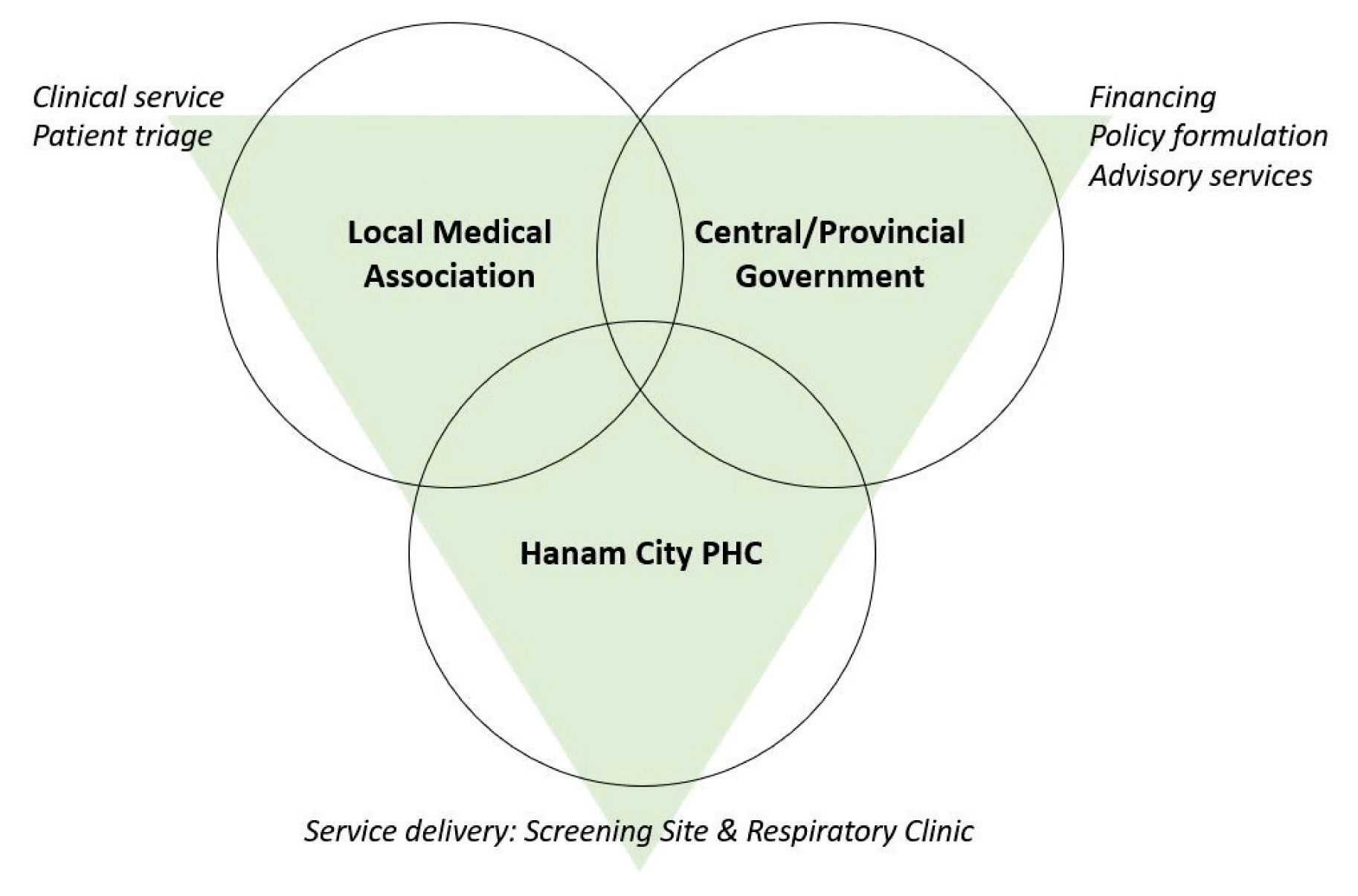
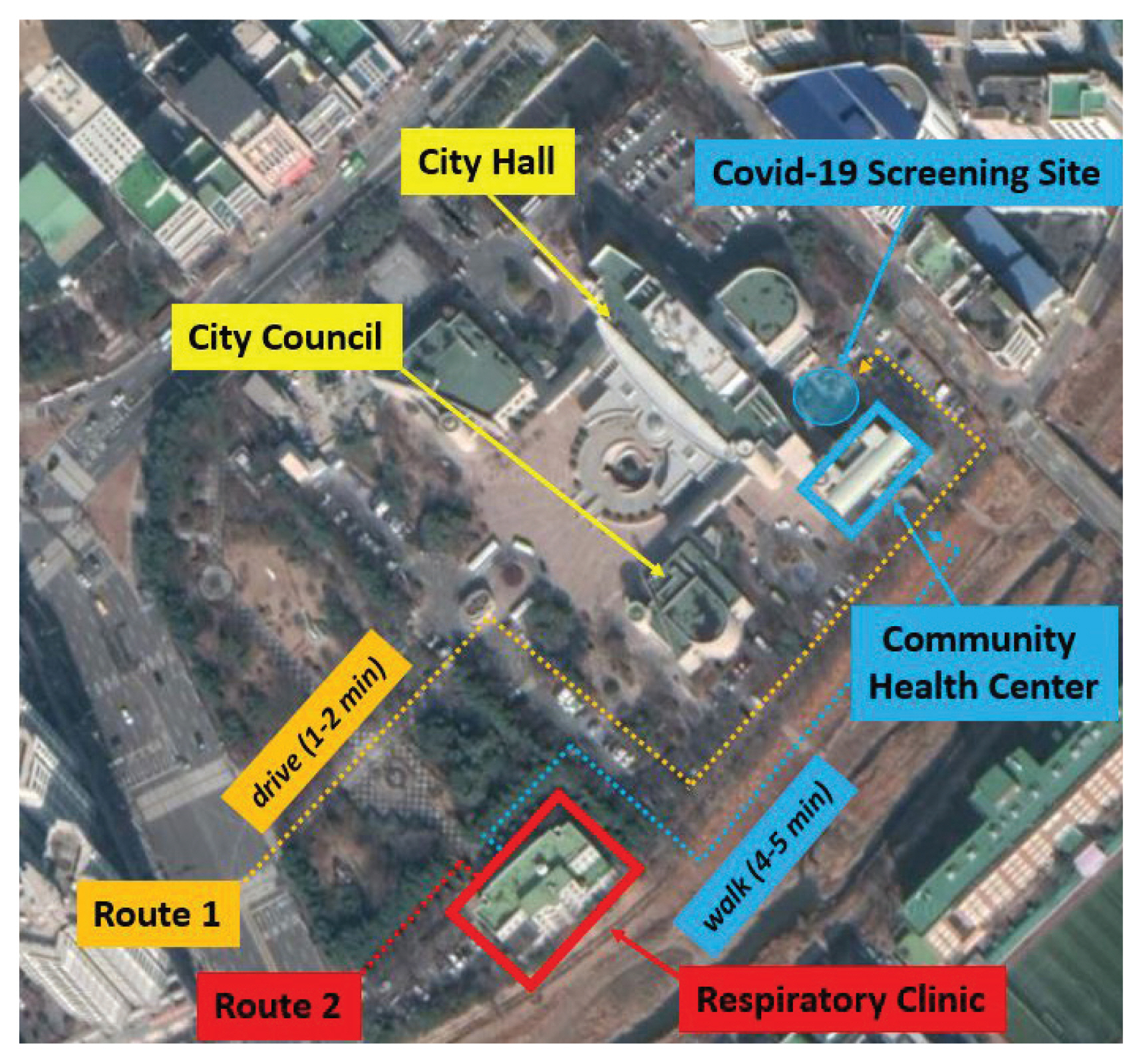
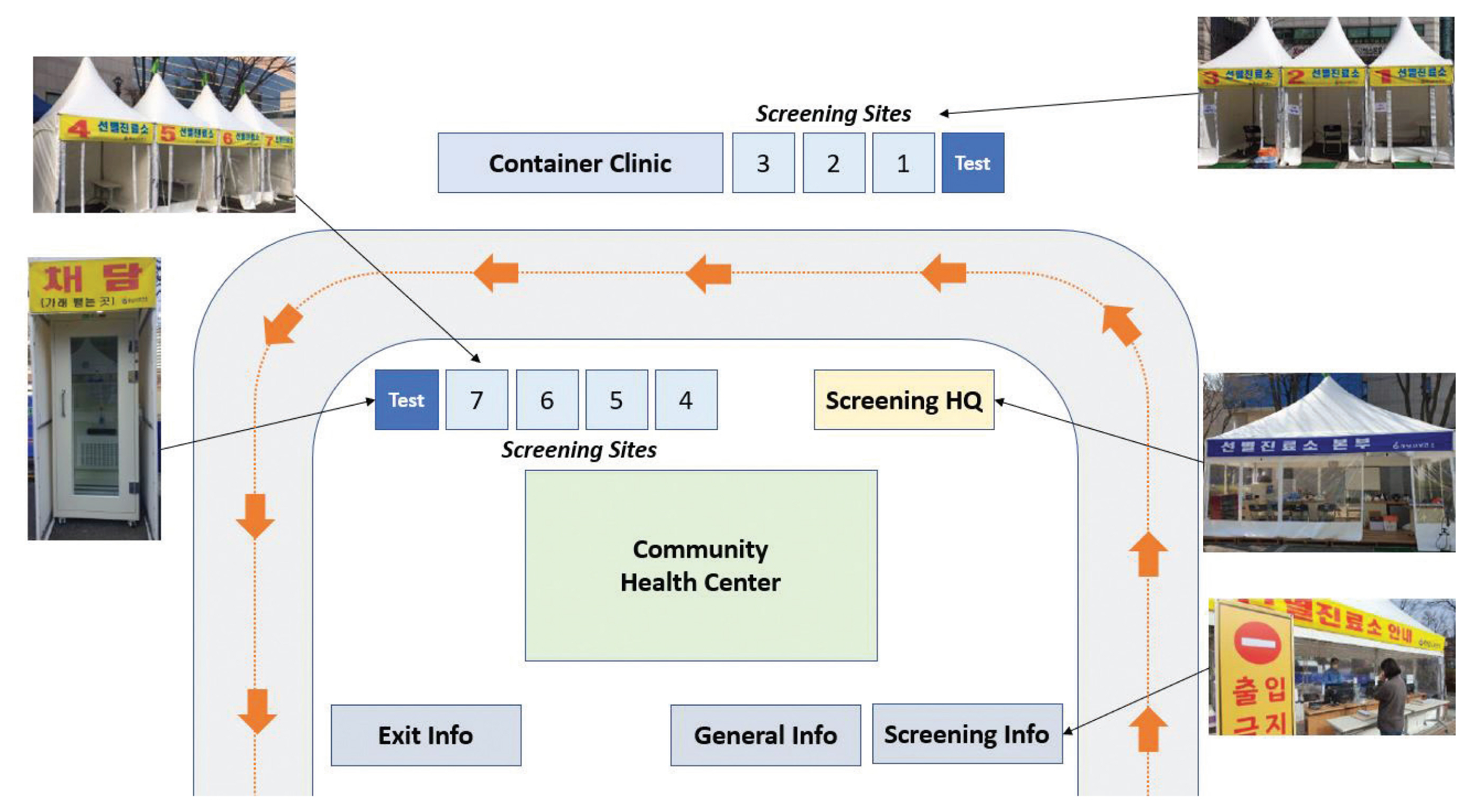
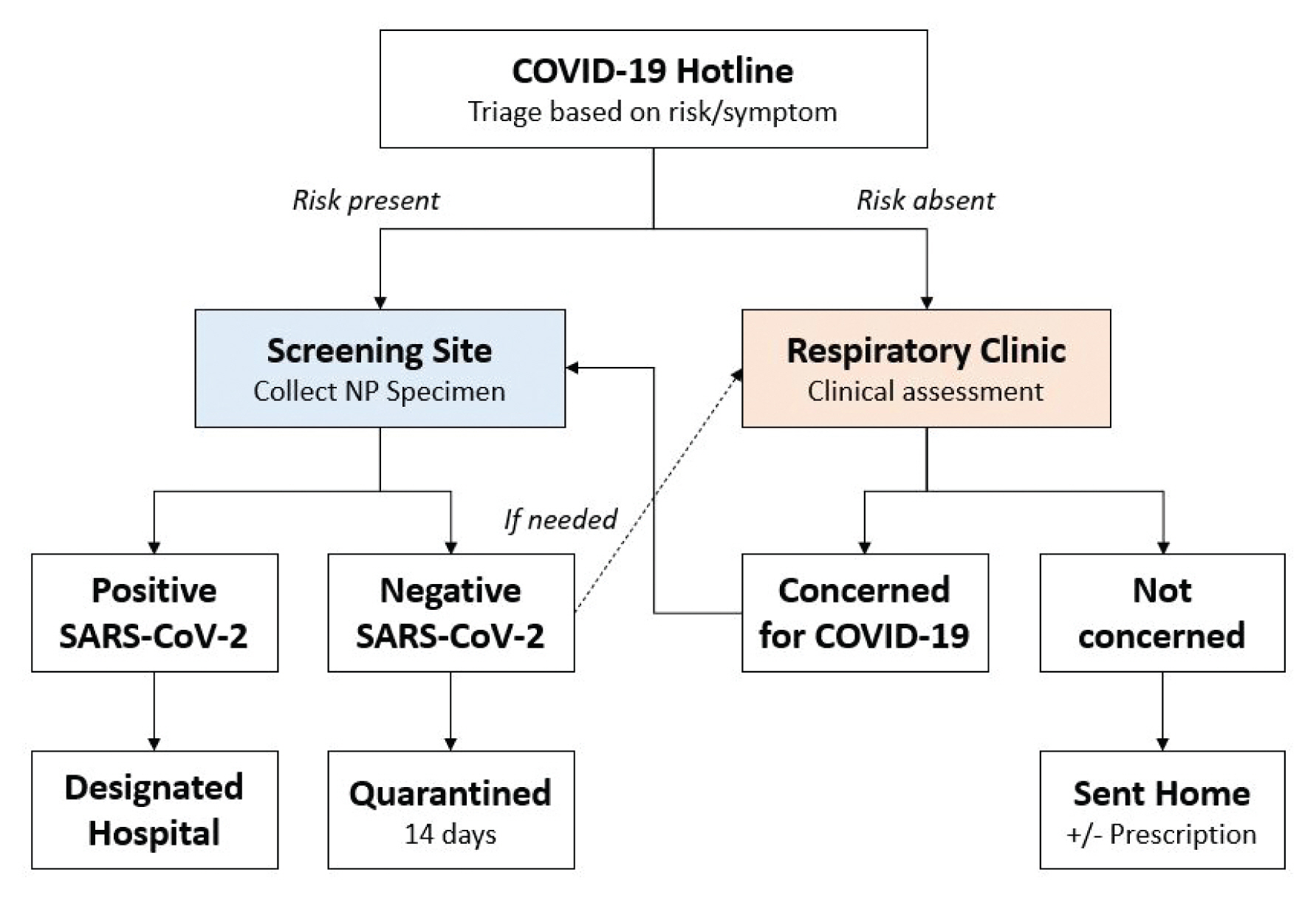
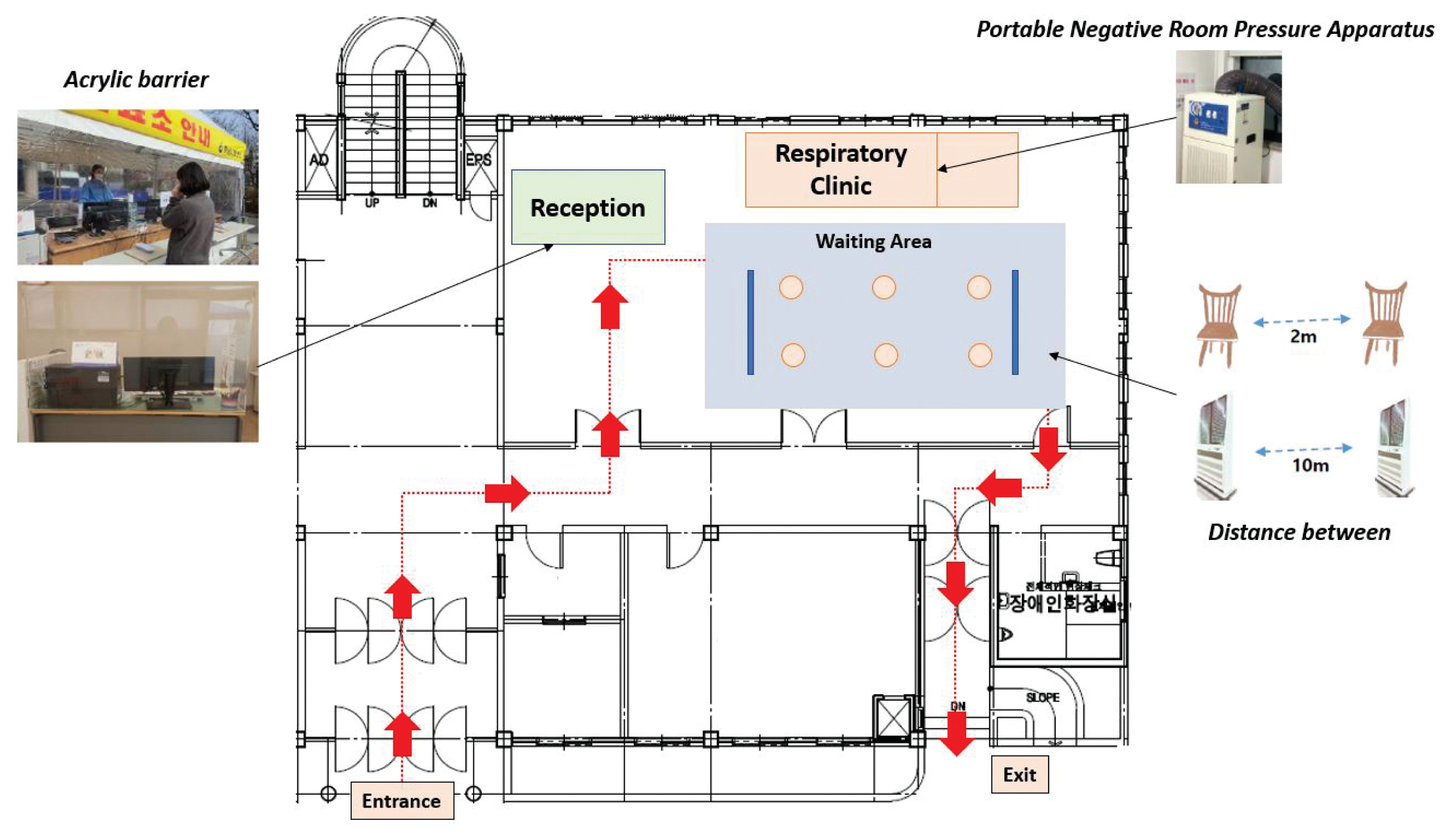
 PubReader
PubReader ePub Link
ePub Link Cite
Cite





